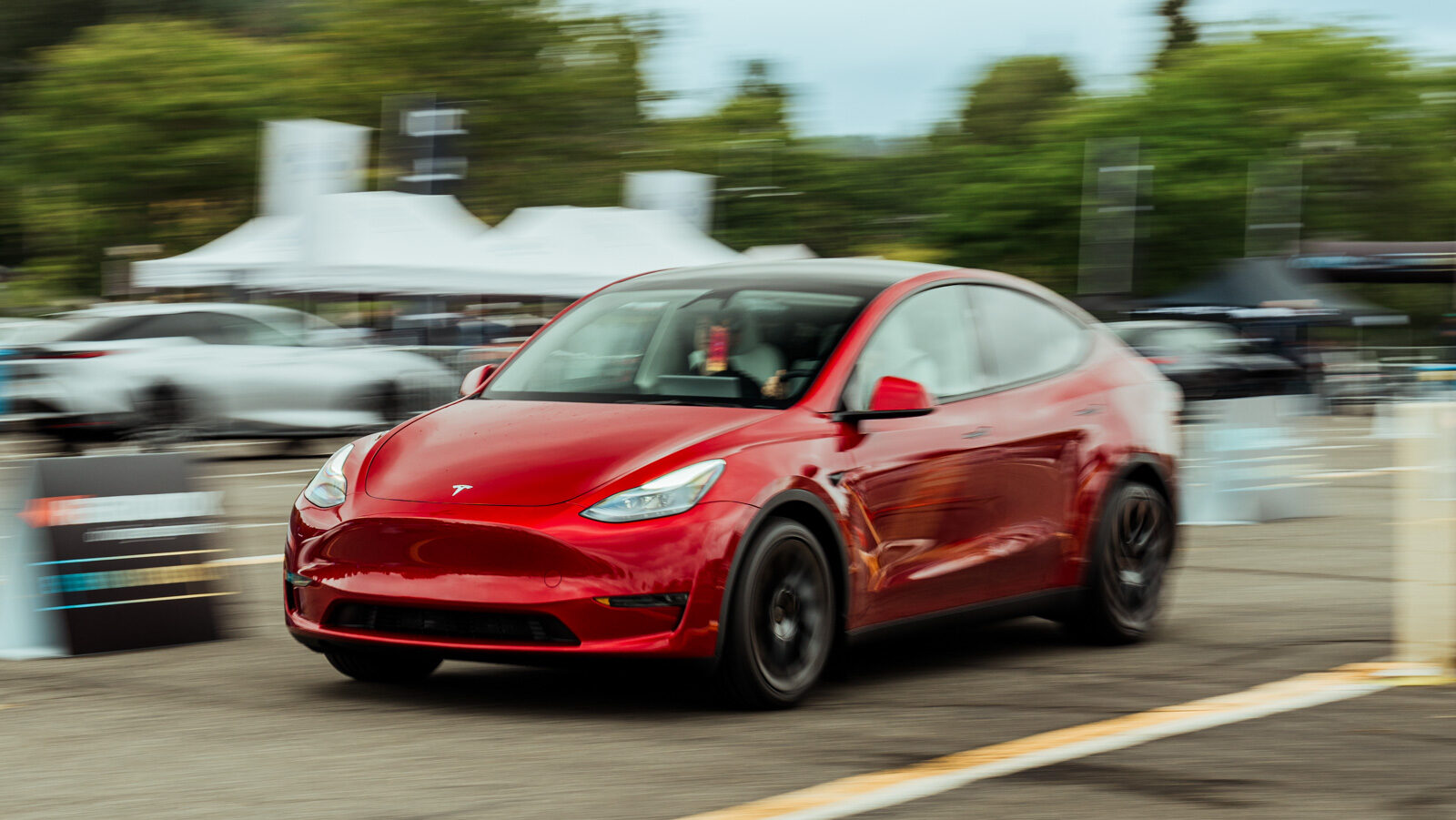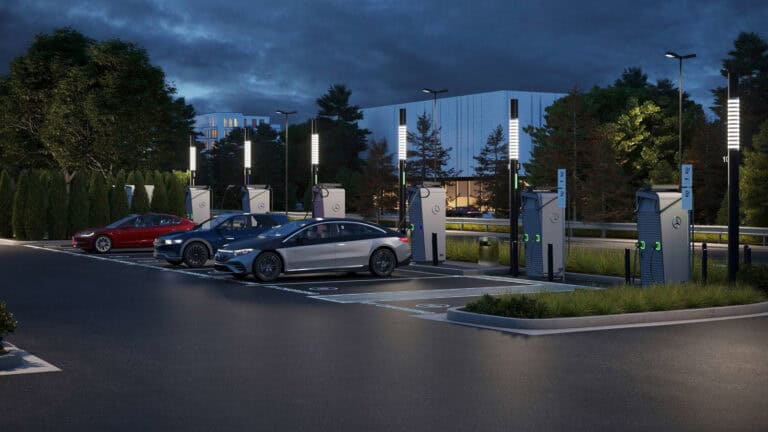- Electric cars now outnumber gas cars in Norway, making it the first country to reach this milestone.
- Tax breaks and lower fees have made electric cars a popular choice in Norway.
- Norway plans to end new gas car sales by 2026, with over 80% of new cars already fully electric.
Norway has made history as the first country where electric vehicles (EVs) now outnumber gasoline-powered cars. This milestone highlights the impact of strong government policies combined with consumer demand, showing how effective real incentives can be in creating meaningful change. There’s more to this story than just numbers, but the future of mobility and challenging outdated systems that hold back innovation
ADVERTISEMENT
According to the Norwegian Road Federation (Opplysningsrådet for Veitrafikken or OFV), electric cars now account for 26.3% of the 2.8 million passenger vehicles in Norway, nudging just past petrol-powered cars, which stand at 26.2%. Meanwhile, diesel vehicles still hold a significant share at 34.8%, but their days appear numbered. It’s a stark difference compared to the United States, where EVs account for just 6.8% of new car sales as of May 2024, according to Edmunds sales data.

“The electrification of the passenger car fleet is keeping a high pace, and Norway is making rapid strides towards becoming the first country in the world with a passenger car fleet dominated by electric cars,” said OFV Director Øyvind Solberg Thorsen in a recent statement. He further predicts that electric vehicles will surpass all internal-combustion-engine (ICE) cars by 2026.
This achievement didn’t happen by accident. It’s the result of a multi-decade effort by Norway’s government to prioritize EVs through a suite of incentives: no sales or emissions taxes on electric cars, lower tolls and parking fees, and access to bus lanes.
Norway’s EV Success Shows: It’s Time for Real Choices, Not Outdated Policies
Every country that supports green energy should take a close look at this model. However, there’s an irony here. These incentives are funded by profits from oil and gas sales to other nations. It’s a clear contradiction that highlights the urgent need for global energy reform.
Norway’s policies have put it ahead of the game, while the U.S. and other countries are still playing catch-up. But it’s not because people aren’t interested in EVs. The problem lies with outdated policies and a system that favors the old auto industry, which is struggling to keep up with new technology. Norway shows that when governments offer real incentives and remove obstacles, people are ready to switch to cleaner, more efficient options.
It’s about having real options and choices for consumers. For too long, drivers in most countries have been stuck choosing between cars that all run on the same outdated technology. When you can buy an EV in the $30,000 range now in the U.S., it’s ridiculous that gas-powered cars are still the norm. We deserve more choices.
ADVERTISEMENT
Top Electric Cars in Norway 2023
According to Statista, the best-selling electric car models in Norway in 2023 include the Tesla Model Y, Volkswagen ID.4, Toyota bZ4X, Volvo XC40 and Ford Mustang Mach-E. They’re affordable, practical, and increasingly the norm. The cheapest electric car category is becoming more competitive, offering accessible options without compromising on features. With over 80% of new vehicles sold in Norway last year being fully electric, the transition to EV is already there.

And while some argue that EVs aren’t yet practical for everyone, Norway’s experience tells a different story. With a solid charging infrastructure and even the world’s northernmost fast chargers, Norwegians have proven that EVs can thrive in all conditions, from coastal cities to remote mountain villages.
“Even in the northernmost parts of Northern Norway – an area with huge distances, more reindeer than people, and really low temperatures in the winter – you can get around easily in an EV,” says Christina Bu, Secretary General of the Norwegian Electric Car Association, highlighting the extensive network of charging stations.

Norway Leads EV Adoption with 2026 Gas Car Ban, The World Needs to Catch Up
Meanwhile, China is pushing towards its own EV targets, with a goal of 40% of new car sales by 2030. While this is ambitious, it doesn’t quite match Norway’s aggressive goal to ban new gas-powered cars by 2026. By 2023, over 80% of new vehicles sold in Norway were fully electric, a number far beyond what most countries are even aiming for.
So, what’s holding the rest of the world back? It’s not a lack of technology or even demand. It’s a lack of political will. Norway’s success is a call to action, a reminder that when governments step up and provide the right incentives, change can happen rapidly and on a massive scale. It’s time for policymakers everywhere to stop stalling and start supporting the future of mobility.
If we really value freedom and innovation, we need to stop seeing electric vehicles as just a niche product or a luxury for the wealthy. They are the future of transportation, and everyone should have the chance to drive one. Thinking otherwise is just old-fashioned, and it belongs in the past.
ADVERTISEMENT

IMAGES: ELECTRIFY EXPO
FTC: We use income-earning auto affiliate links. Learn more.











